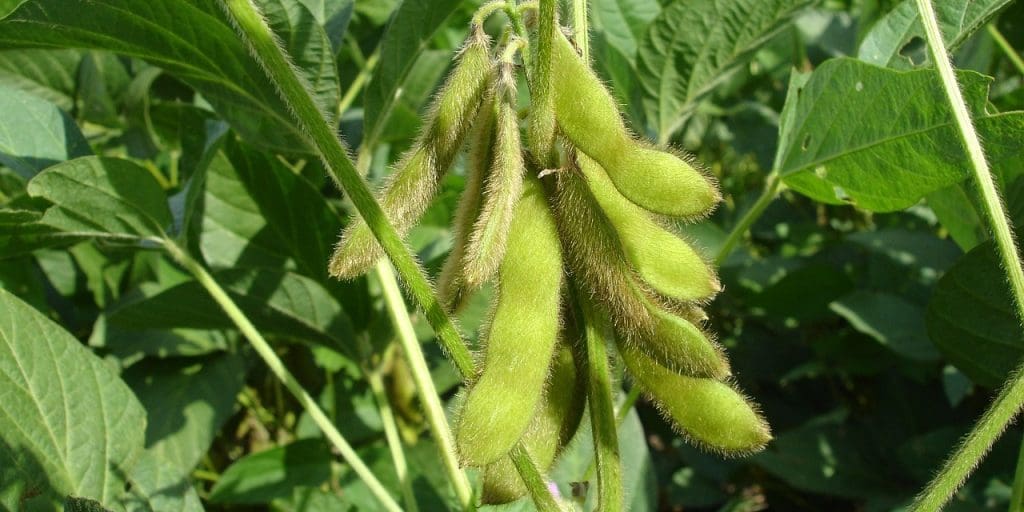IN A new study from the University of Illinois, researchers have been able to predict soybean maturity date within two days using drone images and artificial intelligence, greatly reducing the need for boots on the ground.
“Assessing pod maturity is very time consuming and prone to errors. It’s a scoring system based on the colour of the pod, so it is also subject to human bias,” University of Illinois Department of Crop Sciences assistant professor and co-author on the study, Nicolas Martin, said.
“Many research groups are trying to use drone pictures to assess maturity, but can’t do it at scale. So, we came up with a more precise way to do that. It was really cool, actually.”
 Doctoral student, Rodrigo Trevisan, trained computers to detect changes in canopy colour from drone images collected across five trials, three growing seasons, and two countries. Importantly, he was able to account for “bad” images to maintain accuracy.
Doctoral student, Rodrigo Trevisan, trained computers to detect changes in canopy colour from drone images collected across five trials, three growing seasons, and two countries. Importantly, he was able to account for “bad” images to maintain accuracy.
“Let’s say we want to collect images every three days, but one day, there are clouds or it’s raining, so we cannot. In the end, when you get the data from different years or different locations, they will all look different in terms of the number of images and the intervals and so on,” Trevisan said.
“The main innovation we developed is how we can account for whatever we are able to collect. Our model performs well independent of how often the data was collected.”
Trevisan used a type of artificial intelligence called deep convolutional neural networks. He said CNNs are similar to the way human brains learn to interpret components of images – colour, shape, texture – from our eyes.
“CNNs detect slight variations in colour in addition to shapes, borders, and texture. For what we were trying to do, colour was the most important thing,” Trevisan said.
“But the advantage of the artificial intelligence models we used is that it would be quite straightforward to use the same model to predict another trait, such as yield or lodging. So now that we have these models set up, it should be much easier for people to use the same architecture and the same strategy to do many more things.”
Martin said commercial breeding companies were clamouring for these capabilities.
“We had industry partners on the study who definitely want to use this in the years to come. And they made very good, important contributions. They wanted to make sure the answers were relevant for breeders in the field making decisions, selecting plants, and for farmers,” he said.
“Finding a good method to help breeders actually make decisions on large scales is quite exciting.”
Source: University of Illinois College of Agricultural, Consumer and Environmental Sciences
https://www.eurekalert.org/pub_releases/2020-12/uoic-daa120720.php

HAVE YOUR SAY